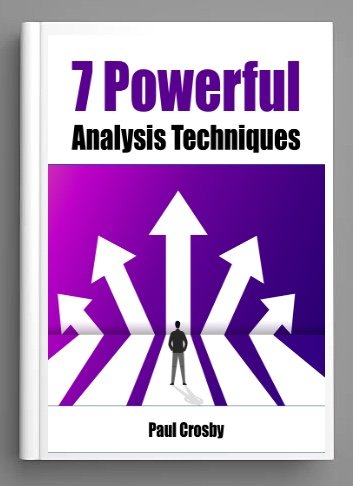Mastering the Nuisance Scale for Product Excellence: A Comprehensive Guide for Business Analysts
In the intricate process of product development and improvement, identifying and prioritizing areas that require attention is paramount to achieving better project outcomes. Business Analysts (BAs), armed with a repertoire of business analysis techniques, play a crucial role in this endeavor. One such innovative approach is the application of the Nuisance Scale, a tool that evaluates features or issues based on the level of inconvenience they pose. This article explores the optimal strategy for BAs to leverage the Nuisance Scale in product development or enhancement projects, facilitating a path toward enhanced functionality, user satisfaction, and overall project success within both Agile and Waterfall frameworks.
Unpacking the Nuisance Scale
The Nuisance Scale is a prioritization framework that categorizes product features or issues based on the extent of inconvenience or disruption they cause to users or the system. Ranging from minor to critical, this scale aids in systematically identifying what aspects of a product need urgent attention or improvement, ensuring that efforts are concentrated on areas with the most significant impact.
Strategic Application of the Nuisance Scale
1. Comprehensive Evaluation: Initiate by conducting a thorough assessment of the product to list down all potential features for development or areas for improvement. This evaluation should involve extensive stakeholder consultation, user feedback analysis, and system performance reviews to ensure a holistic understanding of the product landscape.
2. Applying the Scale: Utilize the Nuisance Scale to rate each identified feature or issue. Consider factors such as user feedback frequency, severity of system inefficiencies, and the complexity of existing workarounds. This step might require collaborative sessions with stakeholders, development teams, and end-users to gauge the level of inconvenience accurately.
3. Prioritization: Classify the features or issues based on their nuisance ratings. Those that fall into the 'critical' category should be earmarked for immediate action, as their resolution is likely to yield significant improvements in user experience or system functionality.
4. Balanced Implementation Planning: Develop an implementation plan that not only focuses on addressing high-nuisance items but also maintains a balanced approach to workload and resource allocation. This plan should be adaptable, especially in Agile environments, to accommodate shifting priorities and emerging nuisances.
5. Iterative Review and Adaptation: In line with Agile principles, adopt an iterative approach to addressing nuisances. Regularly review the impact of resolved issues on the overall product and user satisfaction, and be prepared to re-evaluate the nuisance scale as the product evolves or as new feedback is received.
Leveraging the Nuisance Scale for Enhanced Outcomes
- User-Centric Development: By prioritizing features or issues based on the level of user inconvenience, the development process becomes inherently user-centric, leading to higher user satisfaction and loyalty.
- Efficient Resource Utilization: The Nuisance Scale enables BAs to allocate resources effectively, ensuring that development efforts are directed toward resolving the most impactful issues.
- Informed Decision-Making: This approach facilitates data-driven decision-making, allowing BAs and stakeholders to understand the rationale behind prioritization and resource allocation.
- Agile and Waterfall Compatibility: The Nuisance Scale's flexibility makes it a valuable tool in both Agile and Waterfall methodologies. In Agile projects, it supports continuous improvement and rapid adaptation, while in Waterfall projects, it helps in meticulous planning and phased implementation.
Less Product Nuisance
For Business Analysts looking to drive product development or improvement projects towards greater success, the Nuisance Scale presents a strategic tool that aligns efforts with user needs and system optimization. By systematically evaluating and prioritizing features or issues based on their level of inconvenience, BAs can ensure that the product not only meets but exceeds user expectations, enhancing overall project outcomes. Whether working within the Agile framework's iterative cycles or navigating the structured phases of Waterfall development, the Nuisance Scale offers a pragmatic approach to achieving product excellence and project success.
Unlock your full potential as a Business Analyst with our game-changing online course! Tailored for the analytical minds eager to lead, innovate, and transform, this course is your gateway to mastering the most effective business analysis techniques. Whether you're looking to excel in Agile, shine in Waterfall, or innovate in uncharted territories, our expert-led curriculum is designed to elevate your skills, boost your career, and make you the go-to strategist in any room. Join us, and become the catalyst for change your organization didn't know it needed!
Ready to up your business analyst game? Let’s explore 7 powerful techniques that are shifting the business analysis landscape with expert insight from business analysis pros.
7 Powerful Analysis Techniques Book
Amazon Kindle $9.99
Uncommon Book of Analysis Techniques Book
PDF Download $75.00



